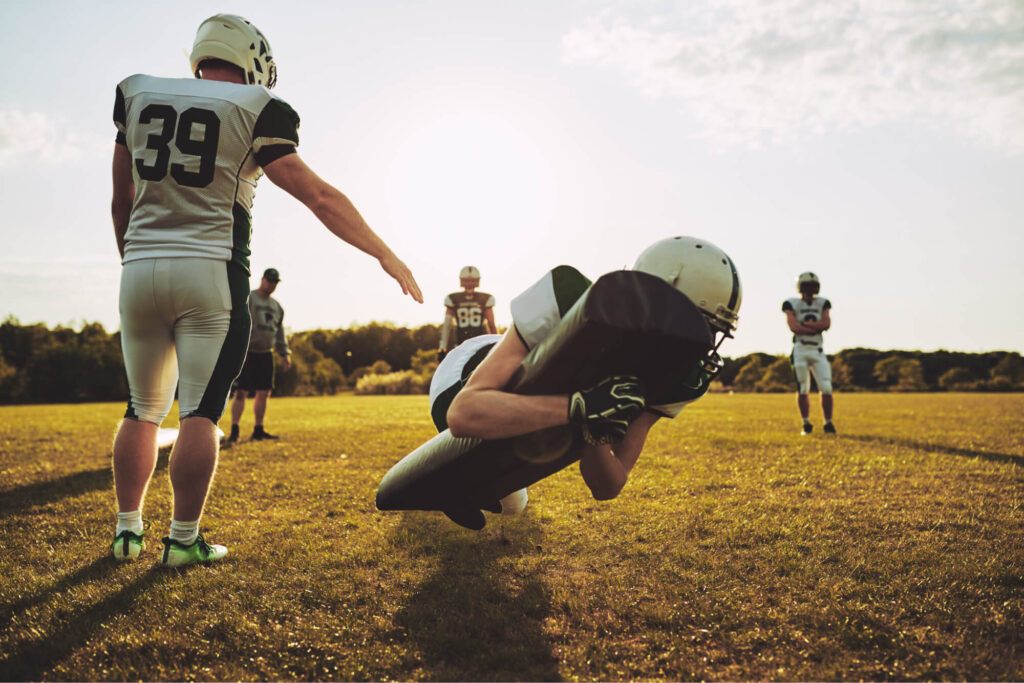In three weeks, the 2008 NFL draft will take place. Thirty-two franchises will select players to fill out their rosters, hoping that they have pieced together a special draft class.
Over the coming weeks, players will be compared to each other, position-by-position. Each team will have a different assessment of these former collegiate standouts. The difference in opinion between the scouts and personnel managers leads to the respective classes being formed. Grabbing the wrong players will lead to a poor class being formed, and in turn, could lead to a team not being successful.
The selection of players is an inexact science that is almost impossible to quantify. The scientific process must be exact, though.
For instance, when the Indianapolis Colts had the rare opportunity to select No.1 in 1998, they opted to pick Peyton Manning instead of Ryan Leaf. General manager Bill Polian and his staff’s ability to discern the critical differences between the two players led to his club making the right selection.
The question is, “What are the factors that these front office directors consider before they make their draft choices?â€
Profootball24x7 will break down the skills and characteristics that a potential pro prospect must possess in order to succeed at the next level. Today we will review linebackers and defensive ends:
Linebacker
· Wrap up technique: Backers are constantly isolated one-on-one against a ball carrier. In these instances, if a backer is unable to bring down the ball carrier, the play will bust wide open in the secondary. This is why any solid linebacker is a fundamentally sound tackler. Wrapping up means being able to stay square when facing the ball carrier, not aiming high and driving through the tackle. It is amazing how so many linebackers display such poor tackling technique coming out of college. At the pro level, it is more important to bring down the offensive player than to lay a SportsCenter highlight hit.
· Coverage ability: In the past, linebackers could hide at the line-of-scrimmage and not have to worry about dropping into a coverage pocket. That is not the case today. Even the strong side, pass rush specialists have to display some cover skills. Given the number of athletic tight ends and spread formations that offenses in the NFL employ, the new wave of backers have to run like safeties to cover pass catchers. They also have to be able to twist and turn smoothly when they man their zones in the Cover-2 scheme.
· Quick feet: Given that linebackers chase from sideline-to-sideline, they have to stop and start their movements on a dime. Whether changing direction to defend a naked bootleg, or tracking down a wide receiver running a reverse, or just reacting to a play-action fake, backers have to constantly shuffle their feet to get to the ball. That is why the best linebackers tend to have the most lithely feet.
get to the ball. That is why the best linebackers tend to have the most lithely feet.
 get to the ball. That is why the best linebackers tend to have the most lithely feet.
get to the ball. That is why the best linebackers tend to have the most lithely feet.Defensive End
· Fast first step: Understanding how quickly a defensive end sprints through a 40-yard dash is not as key as checking his speed for the first couple of strides from the take off point. For a pass rusher to succeed on the edge, he must be moving before a tackle starts to drop back in his stance once the ball is snapped. The best ends are able to time their jumps and get around the corner before a tackle is able to set his feet.
· Bobbing and weaving: Although speed is an ideal component for an end to possess, understanding how to use that speed to set up other moves is more critical. The top speed rushers all have counter moves to complement their straight edge rush. Like a boxer who uses a combination of punches to score the KO, an end has to understand when to use certain pass rush moves to stagger a pass blocker’s balance.
· Motor: Scouts have kicked around the motor adjective for years, but it is a trait that sticks in talent evaluators’ heads. If a college end busts his tail on every snap for four quarters, he has the potential to make up for some of his physical shortcomings. There are plenty of underdogs in the NFL who made it because they never gave up on a play, even when they had been seemingly blocked or chopped down. An end must possess the relentless attitude to keep driving his feet until the whistle is blown.
Previous Scouting Views










